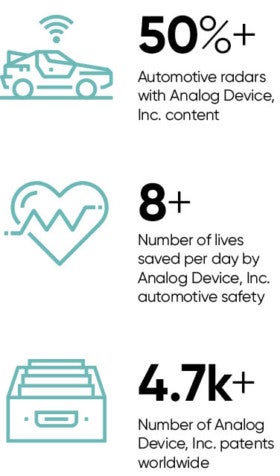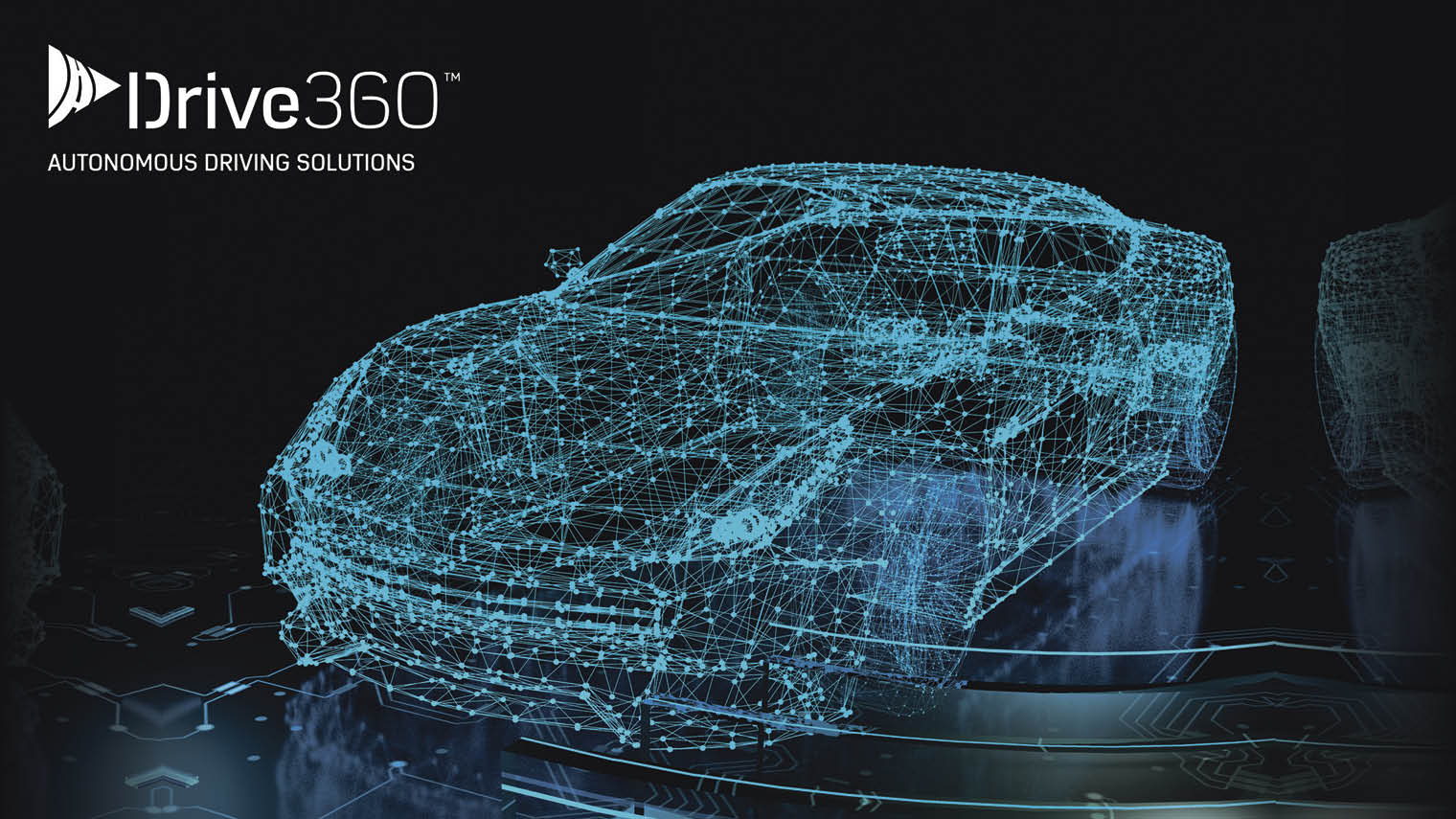 Imagine you’re driving and an oncoming vehicle drifts into your lane. At the same time, a man is walking his dog on the pavement. Do you brake hoping to minimise a collision? Do you swerve and possibly hit the man and dog? Do you veer the other way and into oncoming traffic? Whichever you choose, it’s unlikely you escape without causing substantial harm or damage.
Imagine you’re driving and an oncoming vehicle drifts into your lane. At the same time, a man is walking his dog on the pavement. Do you brake hoping to minimise a collision? Do you swerve and possibly hit the man and dog? Do you veer the other way and into oncoming traffic? Whichever you choose, it’s unlikely you escape without causing substantial harm or damage.
Even with the ability to make three decisions in a split second, this still becomes a no-win situation for just about all of us.
The only way to have a successful outcome in a no-win situation is to avoid it completely. That’s one of the main goals of autonomous driving. What is being imagined today are vehicles where sensing, communication, actuation and artificial intelligence (AI) work together to gather information, analyse it, and make decisions faster and sooner than even the best human drivers.
Most of the information we get while driving comes from what we see. And that can be limited and impacted by numerous variables, such as weather, distance and distraction. As a result, many of the decisions we make behind the wheel are reactive. Autonomous vehicles offer the promise of predictive driving. To realise this they need sensing capabilities far greater than ours.
Three technologies that are central to sensing the external environment of autonomous vehicles are RADAR, LiDAR and High-Performance Inertial Measurement Units (IMUs).
RADAR is currently being used extensively in Advanced Driver Assistance Systems (ADAS) applications such as collision warning and mitigation, blind-spot monitoring, and lane-change assistance.
Approximately 50 per cent of all recently produced RADAR modules contain technology from Analog Devices, Inc (ADI). With a 15-year track record in automotive RADAR, Analog Devices is now developing the innovative Drive360™ RADAR technology platform to deliver the highest level of performance and distance resolution available. The Drive360™ RADAR platform is engineered to support the full 76GHz to 81GHz frequency band and provide for platform longevity.
Built around 28nm CMOS technology, this fundamentally different innovation can provide the highest degree of digital signal processing integration flexibility, while built-in ADI RF IP allows for highly differentiated waveform and algorithm implementations. Drive360 RADAR-enabled products will reliably detect smaller, faster-moving objects at longer distances, providing the critical time to avoid injuries or fatalities.
While RADAR is central in the future of all-weather autonomous driving, for full-confidence decision-making other sensors are needed, such as cameras and LiDAR. LiDAR (light detection and ranging), with its range and accuracy, will be key in solving the most difficult ADAS challenges, and is an area of rapid and intense development.
Analog Devices is currently focused on solid-state LiDAR designs based on the same material found in computer monitors to scan light. The cost-effective design overcomes the current prohibitive cost and improves reliability by eliminating the moving parts found in conventional offerings. It also offers improvement in key performance metrics such as range, resolution, frame rate and power consumption.
The bottom line is to promote an organisational culture with an acute awareness of the vital impact its work can have on human lives
Along with seeing the surrounding environment, autonomous vehicles also need to feel and respond to the road in all weather conditions. Analog Devices IMUs combine multi-axis accelerometers and gyroscopes with processing and calibration in a single package. IMUs, in conjunction with on-board ADAS and satellite localisation inputs, provide an accurate picture of a vehicle’s position and heading, while rejecting shocks and vibrations from normal driving.
Much as RADAR, LiDAR, and High-Performance IMUs can extend the sensing capabilities of autonomous vehicles beyond what we can see, Analog Devices is looking beyond how those technologies are used today.
“Think about cell phones in the 1990s,” says Chris Jacobs, vice president of autonomous transportation and safety at Analog Devices. “When a new model came out, it may have had a better battery or a thinner profile. Then came the smartphone, which fundamentally and permanently transformed and improved how we live. That’s how we’re looking at the technology we are about to introduce for RADAR, LiDAR, and High-Performance IMUs. These transformational technologies will be foundational to the future of advanced safety and autonomous-driving applications.”

Whether designing vehicles to comply with today’s ADAS regulations or the fully automated models to come, electronics manufacturers must be proficient in a variety of sensing technologies such as, RADAR, LiDAR, High-Performance IMUs and imaging. And that knowledge must include an ability to leverage the strengths of one sensing modality to compensate for the limitations of another, a snow-covered LiDAR sensor, for example.
Experience across a breadth of industries is also important. For example, the ability of phased-array RADAR to provide military tracking systems with unparalleled velocity and range resolution could be adapted for pedestrian detection in autonomous-driving systems in the future.
Competencies need to extend beyond the technological. Trust, familiarity, and a proven history of success with automotive partners are essential in an industry with long product development timelines and even longer product life cycles. In addition, flexibility, innovation and foresight allow for the development of solutions that meet the requirements of a rapidly transforming industry.
Of no lesser importance is a commitment to functional safety. There should be intrinsic knowledge and a cultural philosophy that augment processes and procedures. Carmakers should look for partners that see the significance of quality through a refined lens, from critical ISO 26262 compliance to virtually every other touchpoint.
A legacy of successful achievement in automotive safety systems is a prerequisite, but the bottom line is to promote an organisational culture with an acute awareness of the vital impact its work can have on human lives.
To learn more about Analog Devices and the future of autonomous driving please visit analog.com/adas


